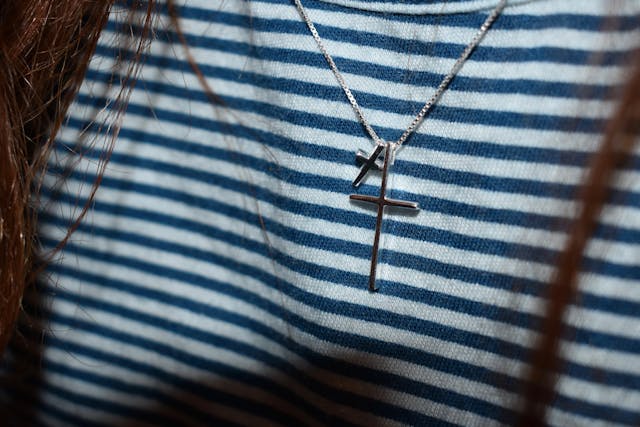Aligning both faith and finances whilst building a wardrobe needs to be intentional, with making consistent choices that reflect personal beliefs without compromising the budget. It involves intentionally selecting versatile, modest pieces, such as christian clothing, which carry spiritual significance. Look for options that carry spiritual symbols whilst being able to be used practically every day. The key is also to focus on quality over quantity, choosing items that represent faith and that last longer, reducing overall long-term spending.
Expressing and incorporating faith authentically and sustainably into your style is more than just having a symbol on clothing. Prioritize basics that can be mixed and matched; individuals can easily create a capsule wardrobe that supports their spiritual journey without breaking the budget. This balanced approach encourages mindful purchasing and supports brands aligned with Christian values where possible.
It requires understanding that building a wardrobe that balances style, faith, and cost requires key components to take into consideration. Your wardrobe should serve daily life and spiritual expression without excess. This strategy provides freedom from impulse buying and promotes intentionality. Creating a closet that reflects both belief and prudent money management is the goal.

Building a Wadrobe That Reflects Your Faith
Creating a wardrobe that revolves around faith requires understanding one’s identity in Christ and choosing clothing that aligns with core values. Think about different styles, modesty, and meaningful details that honor your religious beliefs that you would like to incorporate.
Defining Personal Style
A faith-based wardrobe begins with identifying your personal style through the lens of modesty. This means selecting items that respect your body and reflect dignity, which all align with Christian values. Modesty standards vary individually but should always align with the wearer’s interpretation of Christian values.
Whilst maintaining modesty, it is possible to include personal styles, whether that be classic, modern, or eclectic. However, these styles should consistently emphasize simplicity and respect. Prioritize choosing garments that are well-fitting and comfortable as a foundation. Think about also including items with tailored cuts, neutral palettes, and timeless fabrics, which also serve well in this approach.
Rather than focusing on trends, try to focus on making choices that reinforce the wearer’s identity in Christ. By looking at integrity and humility rather than trends, it encourages intentional, thoughtful purchases (great for your wallet).
Incorporating Faith-Based Elements
Including faith in a wardrobe means subtly integrating meaningful elements like embroidered crosses, Christian jewelry, or buying modest apparel from a brand known for its faith-based missions.
Christian symbols serve as a constant reminder of one’s faith journey, whilst providing a subtle view for others. Simple items such as christian hoodie sets, a necklace with a cross pendant, or a bracelet with a faith-inspired inscription are a great way to include discreet religious motifs.
Choose versatile pieces with value, also ensure they can be mixed and matched, depending on the occasion. The goal is to balance visibility of faith with discretion, allowing for consistent, authentic representation.
Modesty and Self-Expression
Believe it or not, faith and fashion can successfully coexist through thoughtful balance. Modesty does not mean abandoning personal style; it means adjusting self-expression so it aligns with religious principles. Playing with elements like color, texture, and laying offer ways to personalize outfits without compromising modesty.
Investing in Versatile and Statement Basics
Versatile basics act as the foundation for daily wear. Think of items like plain tees, slim-fit jeans, and a neutral cardigan. These items can act as the building blocks that can be dressed up or down effortlessly, depending on the occasion. Where possible, try to purchase basics that are high-quality, to ensure they remain wearable and attractive over time. This will help you save money in the long run.
Statement items add personality to a faith-based wardrobe – without being overpowering. A thoughtful, unique accessory can provide distinctiveness while still blending well with the basics.
Choosing Colors and Fabrics
The foundation of a wardrobe should hold a range of neutral colors such as navy, black, grey, beige, and white. All of these shades can mix and match effortlessly, enabling numerous outfit combinations without excess spending on brand-new garments.
Natural fabrics, like cotton, linen, and wool, offer breathability, durability, and comfort. In comparison to synthetic materials, natural materials will perform better across all seasons and maintain their appearance for longer. If you also want to be mindful and make choices that are ethical and sustainable, natural fabrics are the way to go.

